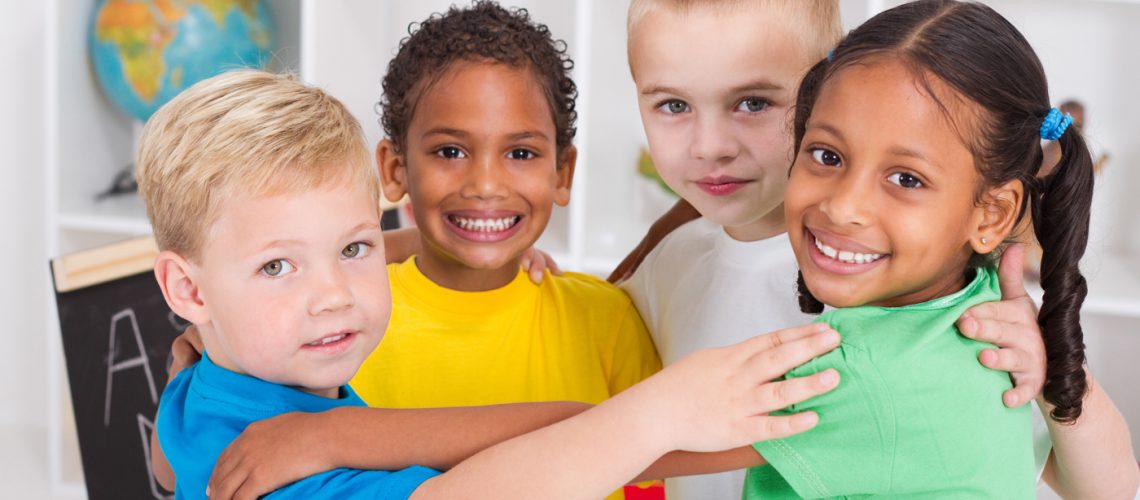Preschools play a vital role in shaping a child’s early development, providing an environment where children learn, grow, and interact with others. Ensuring a safe preschool environment is paramount, as it nurtures not only a child’s educational journey but also their physical and emotional well-being. In this blog post, we explore the essential safety measures in preschools, encompassing childproofing, health protocols, and emergency procedures.
1. Childproofing: Building a Secure Foundation
a. Physical Environment: Preschools are bustling with activity, and it’s crucial to create a secure physical space.
– Sturdy Furniture: All furniture, including shelves and cabinets, should be stable and anchored to the walls to present tipping.
– Safety Gates: Install safety gates at stairs and other potentially hazardous areas to restrict access.
– Childproofing Outlets: Cover electrical outlets and secure cords to prevent electrical accidents.
– Choking Hazards: Regularly inspect toys and materials for small parts that could pose a choking risk
– Safe Flooring: Use non-slip flooring to minimize injuries in case of falls
b. Supervision and Training
– Constant Vigilance: Children should be under constant supervision, especially during activities with potential risks.
– Staff Training: Educate staff about recognizing and addressing hazards promptly.
– Bathroom Safety: Child-sized fixtures and childproof locks on bathroom doors, along with staff assistance, ensure bathroom safety.
2. Health Protocols: Nurturing Hygienic Habits
a. Hand Hygiene:
– Frequent Handwashing: Promote regular handwashing with soap and water, emphasizing it’s importance after using the restroom and before meals.
– Sanitization: Provide hand sanitizers in accessible areas for additional cleanliness
b. Illness Prevention:
– Sick Policies: Implement sick policies regarding sick children to prevent the spread of illnesses. Require doctor’s notes for children who confirm illness with highly contagious diagnoses such as hand-foot-mouth, stomach flu, pink eye, etc.
3. Emergency Procedures: Ensuring Swift and Effective Response
a. Emergency Drills:
– Fire Drills: Conduct regular fire drills to ensure children and staff know the evacuation procedures.
– Lockdown Drills: Prepare for emergencies by practicing lockdown procedures to keep everyone safe from potential threats.
b. Communication and First Aid:
– Emergency Contact: Maintain updated emergency contact information for each child, enabling swift communication with parents during emergencies.
– First Aid Training: Ensure staff members are trained in first aid and CPR to provide immediate care if needed.
In Conclusion: A Secure Future Starts with a Safe Present
Creating a safe preschool environment involves a collaborative effort between educators, staff, parents, and the community. By prioritizing childproofing, health protocols, and emergency procedures, preschools can offer a nurturing and secure space where children can explore, learn, and thrive. Together, let’s continue to uphold the highest standards of safety, ensuring that every child’s preschool experience is not only educational but also profoundly safe and enriching.

